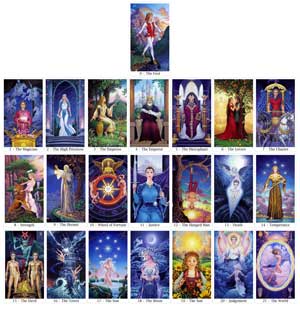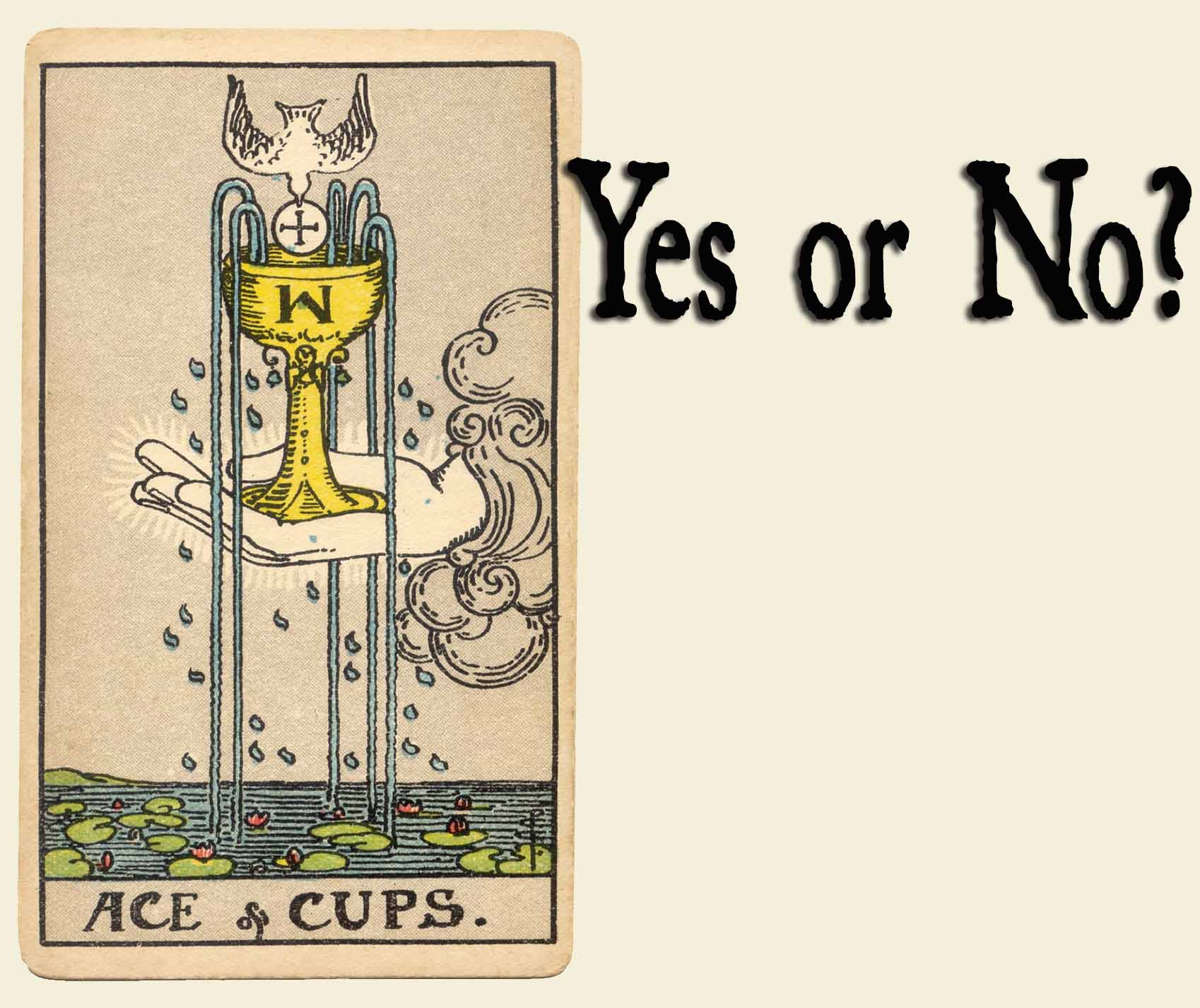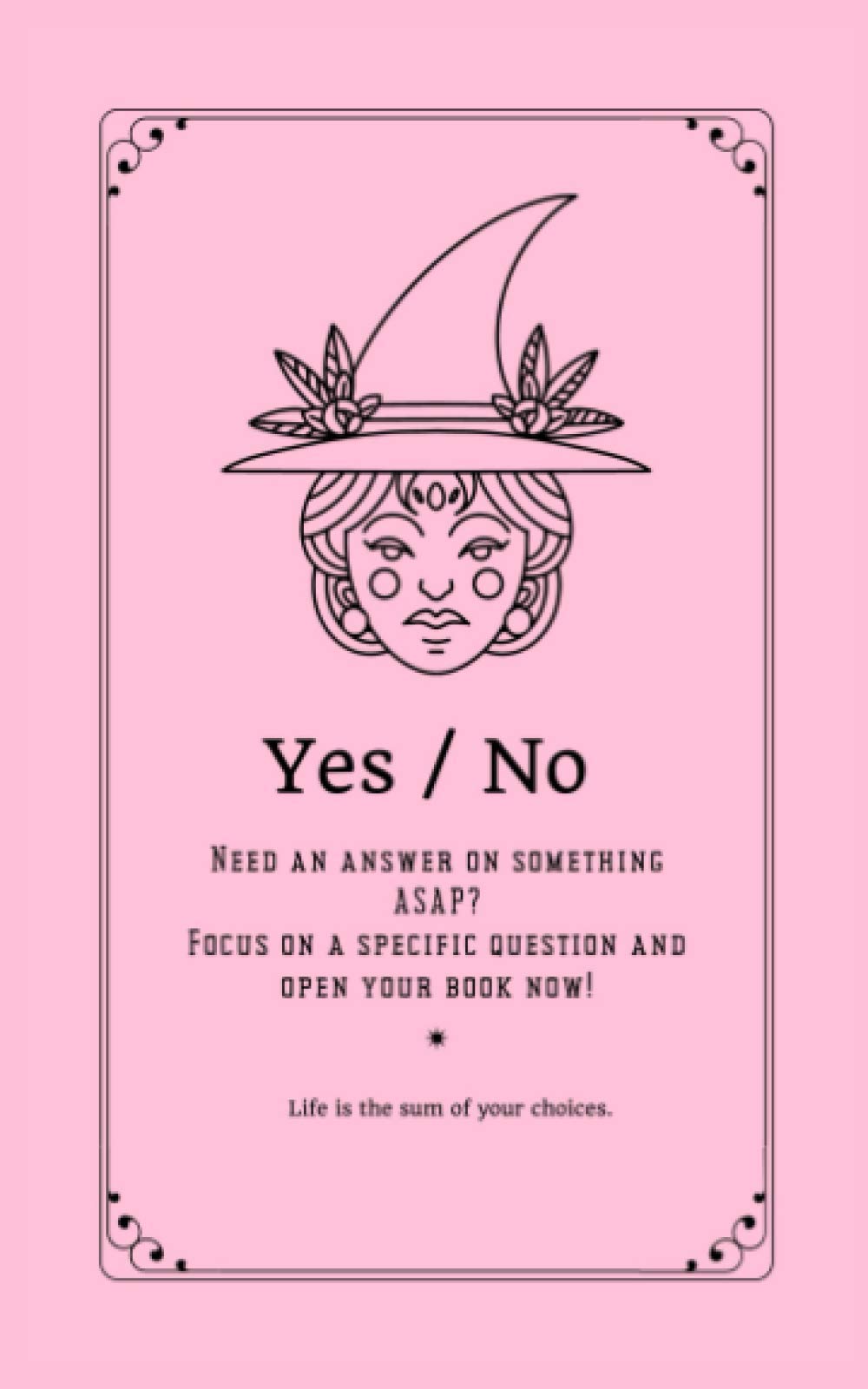
There are many methods of reading tarot card cards. Cartomancy (which means "reading the cards") is the first way to read tarot cards. A tarot reader asks questions and draws the cards to answer them. This method is used to gain insight by psychics or astrologers.
Ways to read tarot cards
There are many ways you can read tarot cards. Each one has its benefits. In the beginning, the best way to approach tarot readings is to have an open mind and to avoid personal biases. To assist with interpretation, you may also want to consult a guide. As you develop your own way of reading, you'll begin to see patterns in the meanings of the cards and begin to identify common stories within the major and minor arcana.

The best way to read tarot decks is to first shuffle them. After that, turn them over so that their right sides are facing upward. You can also use spreads to tell a tale. Spreads combine different cards. You will get more depth reading the more cards are you combine. This method can be daunting for beginners.
Major arcana
Many people have a different way of reading the Major Arcana when reading tarot cards. Some readers prefer to draw cards in a random order while others have a set intention for the meaning of each card. Some readers also consider the location of Major Arcana cards. One example is a Fool placed under the future actions section. This could be a sign that you need to make some changes.
Major Arcana cards often reflect lessons and themes from life. They can also provide insight into karmic influences. They are vital and can have a lasting impact on one's entire life. The meanings of the Major Arcana cards are deep and complex. They represent the structure of human consciousness and provide the keys to many lessons.
Reversals
You have probably noticed that many tarot readers see reverses when reading cards. It can be a bizarre phenomenon that can cause you to question whether your tarot card readings are correct. Luckily, there are several ways to interpret reversals correctly.

You can interpret reversals accurately by thinking of them as the reverse of the upright position. The good news is that reversals could indicate an active or inactive state. This information can be used to help you interpret the meaning of a card.
FAQ
What are some enjoyable hobbies for seniors
Senior citizens need to find things they like doing. They should also try to stay active by participating in sports and other physical activities.
They may wish to join clubs, where they can find others who have similar interests. This way, they'll feel less lonely as they age.
Seniors should also keep up with the latest trends. For example they could keep up to date with fashion, art music, literature, politics, and so forth.
What are some ideas for hobbies?
Hobby Ideas for people who love to learn and teach others.
Hobbies are great ways to spend time doing what you enjoy while learning something new at the same time.
There are many different types of hobbies, but they all have similar characteristics. They're usually fun activities that require little effort and cost money.
They also tend to involve working with others, whether teaching someone how to play an instrument or helping them build a model airplane.
You might not think about yourself as a teacher, but chances are there's something you could do to help someone else learn.
If you are looking to become more creative in your daily life, you might consider starting a hobby that allows you to share your talents with others.
What are educational hobbies?
An educational hobby involves a sport or other activity where you can learn something from doing it. You could choose to learn how to play an instrument or play sports.
The most important thing is that you find it enjoyable and entertaining. You don't necessarily have to do this all the time. But if it becomes boring, then think about what you could be doing.
Also, you need to be careful not to spend too much on these activities. They can end up costing more than you think.
How can I get started in my new hobby?
The first step toward starting any new hobby is to decide what kind of activity you'd like to pursue.
After you've decided on your subject, it is important to feel passionate about it.
It is crucial to know why you want to pursue a hobby. This will help give you direction and provide a purpose.
Once you've decided what type of hobby you'd like to pursue, you can begin planning.
Consider the equipment that you will need.
Consider whether you are required to attend classes and seminars.
Make sure you have enough space for your hobby.
You may also consider joining a club or group. These groups are often supportive and offer advice.
Think about how much you'd need to spend on your hobby.
What are observation hobbies?
Observation hobbies are those activities that allow you to watch others do what they do. It could be reading, watching sports or going on holiday. It could also include observing others.
Because they teach you how to think creatively, observation hobbies are great. You can draw on this knowledge later, when you work on projects for others.
It will be easier to learn about something if you are interested in it.
For instance, if football is something you are interested to know about, you can watch the game or read a book. Exhibitions are a great way to learn about photography.
If you like to play music, you can either learn the songs online or get a guitar.
If you love cooking, you can either cook your meals at home or order from a local restaurant.
If you like gardening, you could grow vegetables or flowers.
If dancing is something you enjoy, join a dance class.
If you like painting, you could paint pictures.
Write poetry and stories if that is what you love to do.
If you like drawing, you could draw pictures.
If you have a passion for animals, you might be able to look after them or work in a zoo.
If science interests you, you can study biology, chemistry or physics.
If you like history, you could read books, watch films or listen to podcasts.
If you like traveling, you could travel abroad or explore your local area.
Statistics
- Much of this decline reflects the fact that teens are less likely to work today than in the past; among employed teens, the amount of time spent working is not much different now than it was around 2005. (pewresearch.org)
- 37% Video Games 36% Travel 36% Health and Fitness (quizexpo.com)
- The intensity of the dialogue partners' bond at the end of the forty-five-minute vulnerability interaction was rated as closer than the closest relationship in the lives of 30 percent of similar students. (time.com)
- In comparison, men in the “no humor” condition were refused 84.6% of the time and were only accepted 15.4% of the time. (time.com)
- I am 100% biologically a woman (discover.hubpages.com)
External Links
How To
How to Get Started in Baking
Baking involves the preparation of food using flour, eggs (or sugar), butter, or both. Baking involves the use of flour, fats sugars, leavening agent, salt, and water as the main ingredients. In this article, we will discuss how to make bread. Common ingredients include wheat flour, yeast powder, egg whites and butter. We also use honey, salt, honey and olive oil.
These ingredients must be combined in order to bake bread. First, add the dry ingredients (flour and yeast) to your bowl. Then, add in the wet ingredients: milk powder, egg yolk. Mix them together. Mix in the honey, then knead until the dough is smooth. Allow the dough to rise for about 30 minutes. After rising the dough should be firm and elastic. Roll the dough out and place it on a baking tray. Bake at 180degC for 15 minutes.